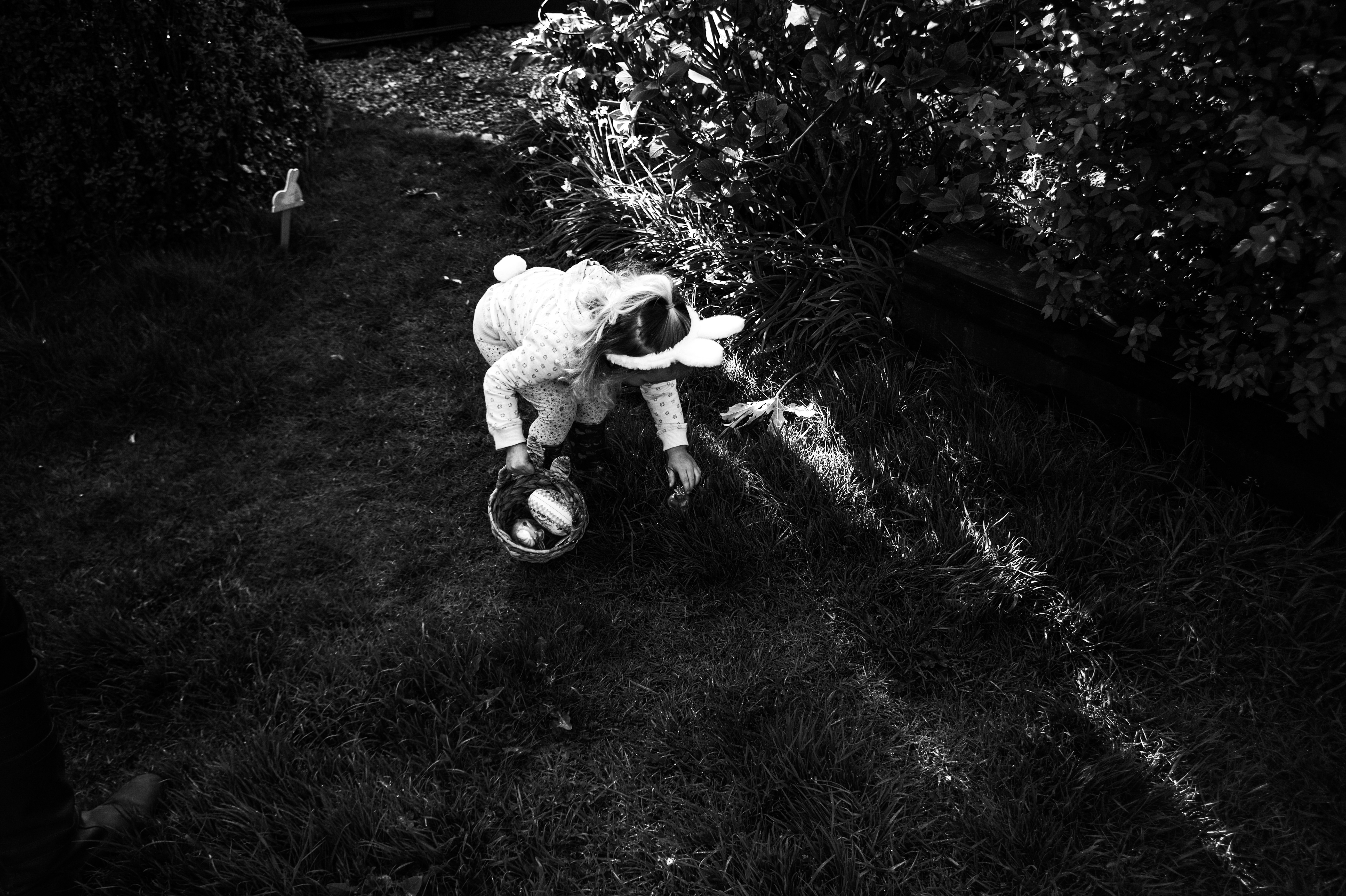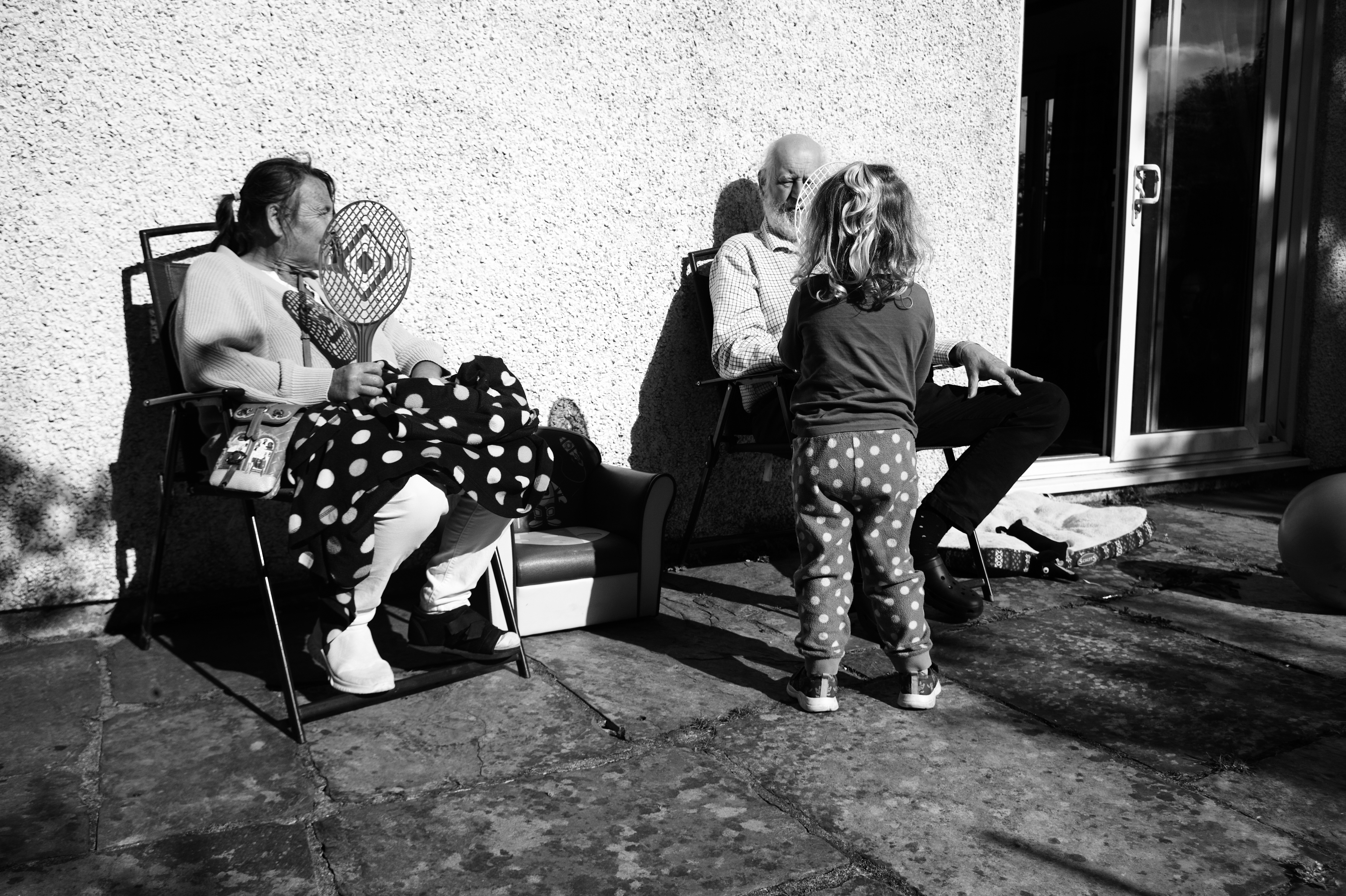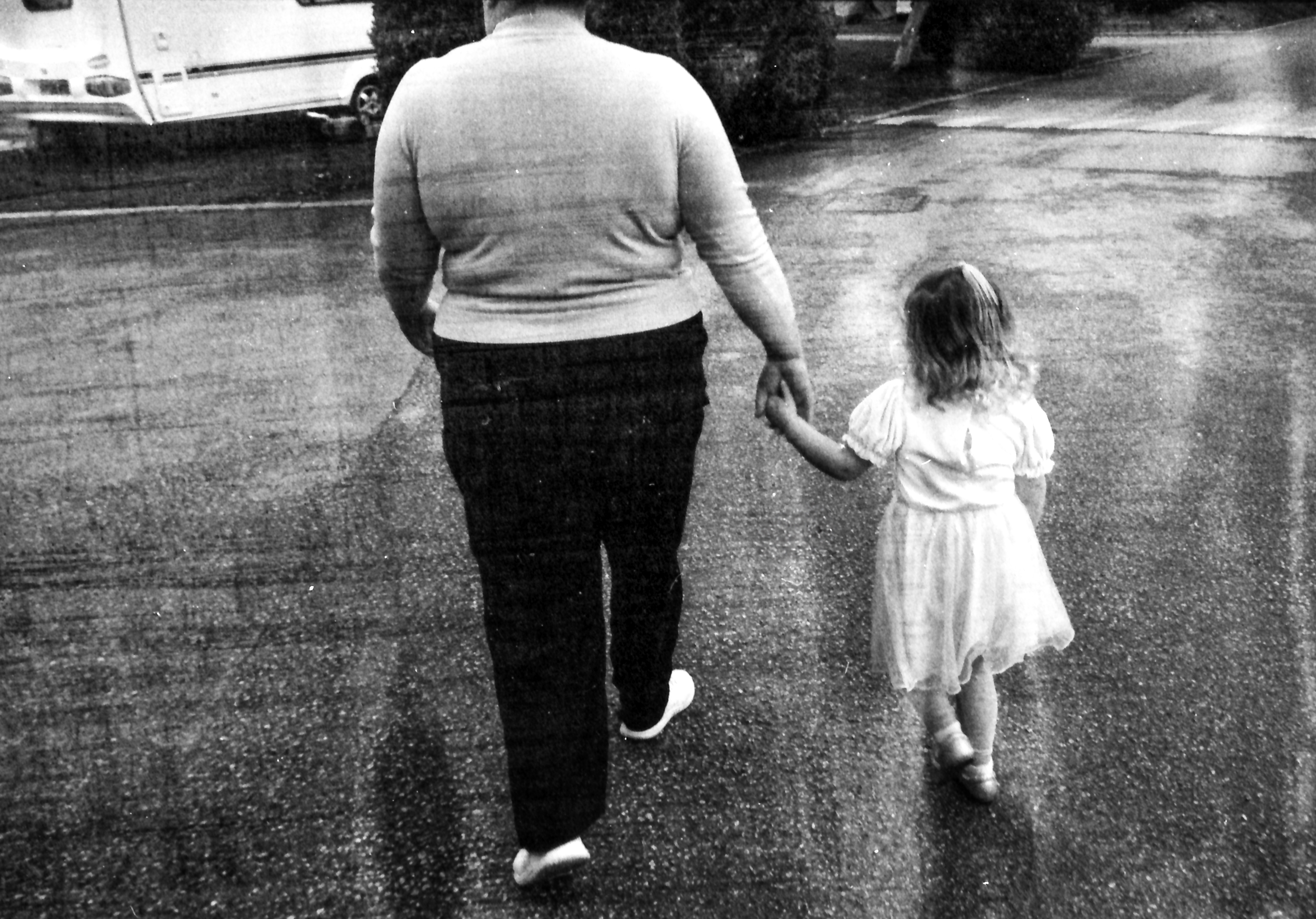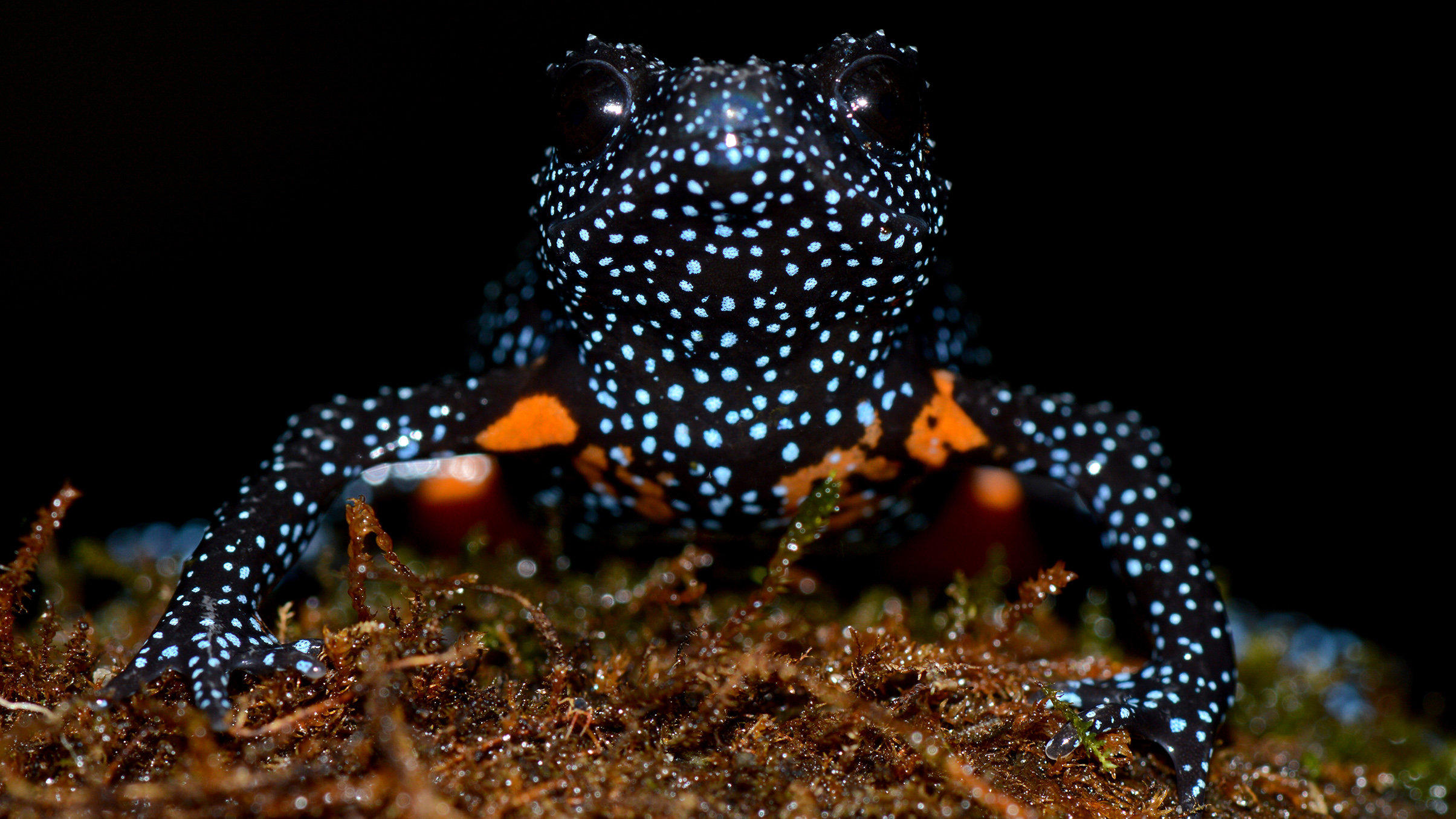The magic of film, the ease of digital – and why I need both in my photography
Film vs Digital: the battle between soul, speed and efficiency

There’s something undeniably pure about film. The weight of a mechanical shutter, the tactile dance of aperture and focus, the grain – those imperfections that somehow make an image feel more alive.
When I first chose to go back to shooting film, especially black-and-white, it wasn’t out of nostalgia or rebellion against the digital tide. It was a deliberate step toward becoming a slower, more intentional photographer.
I wanted each frame to count. I wanted to work for the image. I didn’t want 1,000 throwaways – I wanted 36 opportunities.
This “slow photographer” approach suited me. It made me think in light rather than convenience. Shooting on film, especially with my Leica cameras, has always felt like a conversation rather than a command.
Black-and-white strips away the distractions of color, leaving only form, emotion and truth.
There is no screen to check. No histogram. Just instinct, discipline and trust in your craft. And when it all comes together – when the scan arrives or the print emerges from the tray, perfectly exposed and composed – there is no thrill quite like it.
But life has changed. I’ve become a father, and with that comes a different kind of photography – a need to document the fleeting, the spontaneous, the everyday beauty of a growing family. In those moments, digital wins.
The best camera deals, reviews, product advice, and unmissable photography news, direct to your inbox!
There is magic in capturing my daughter’s grin mid-laugh, knowing I got it, and being able to send that photo to a grandparent across the country before the moment’s even over. There’s joy in immediacy, and I won’t pretend otherwise.
Lately, I’ve found myself carrying my digital camera more often. Not out of compromise, but out of purpose. The pace of life doesn’t always allow for a light meter and a roll of Fomapan 400.
Sometimes, it needs autofocus and ISO flexibility and the assurance that I’ve nailed it. In those moments, digital is a gift. It’s fast, forgiving and beautifully capable of capturing the warmth of the everyday.
Still, no matter how good the sensor, or how fast the buffer clears, digital has never given me that feeling – the one film gives when you see your frame, rendered exactly as you saw it in your mind, alive with subtlety and depth.
That moment when the scanner lights up the negative and you lean in close, heart thumping. It’s quieter than the dopamine hit of digital, but it lasts longer. And it matters more.
So, no, I won’t give up my film camera. I’ll live in the digital age because I have to – and I’ll even enjoy it. But my heart will always belong to film. It keeps me grounded. It keeps me honest. And now and then, it reminds me why I fell in love with photography in the first place.
You might also like…
If you crave the purity of analog, check out the best film cameras and the best 35mm film. But if you want the best of digital, check out the best mirrorless cameras.

For nearly two decades Sebastian's work has been published internationally. Originally specializing in Equestrianism, his visuals have been used by the leading names in the equestrian industry such as The Fédération Equestre Internationale (FEI), The Jockey Club, Horse & Hound, and many more for various advertising campaigns, books, and pre/post-event highlights.
He is a Fellow of the Royal Society of Arts, holds a Foundation Degree in Equitation Science, and holds a Master of Arts in Publishing. He is a member of Nikon NPS and has been a Nikon user since his film days using a Nikon F5. He saw the digital transition with Nikon's D series cameras and is still, to this day, the youngest member to be elected into BEWA, the British Equestrian Writers' Association.
He is familiar with and shows great interest in 35mm, medium, and large-format photography, using products by Leica, Phase One, Hasselblad, Alpa, and Sinar. Sebastian has also used many cinema cameras from Sony, RED, ARRI, and everything in between. He now spends his spare time using his trusted Leica M-E or Leica M2, shooting Street/Documentary photography as he sees it, usually in Black and White.
You must confirm your public display name before commenting
Please logout and then login again, you will then be prompted to enter your display name.



